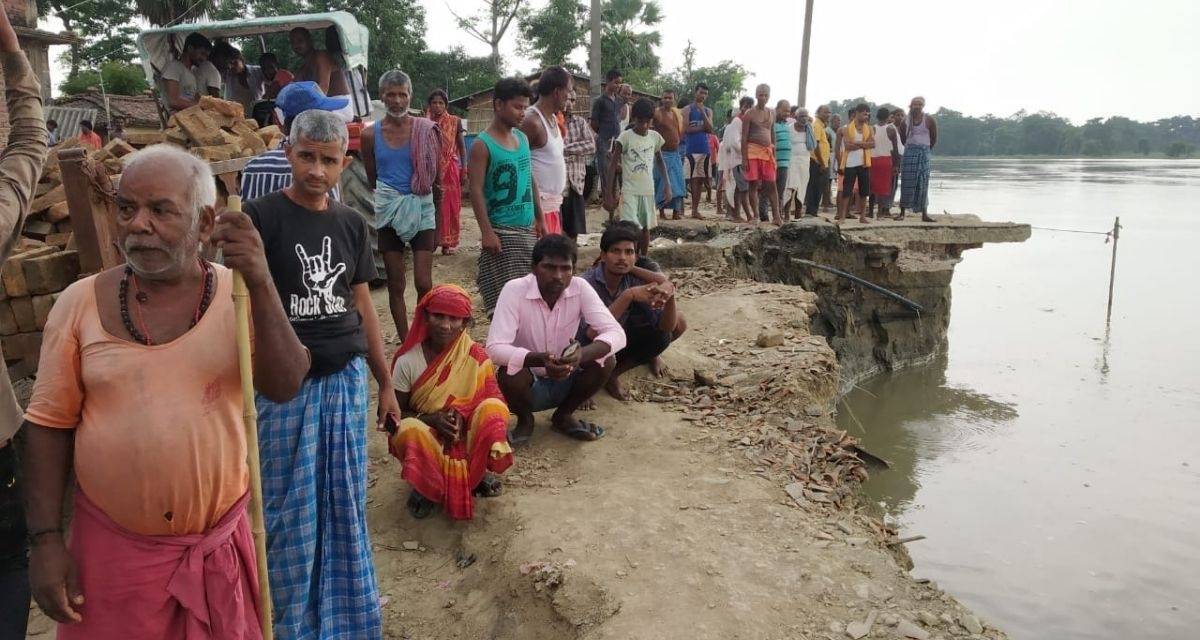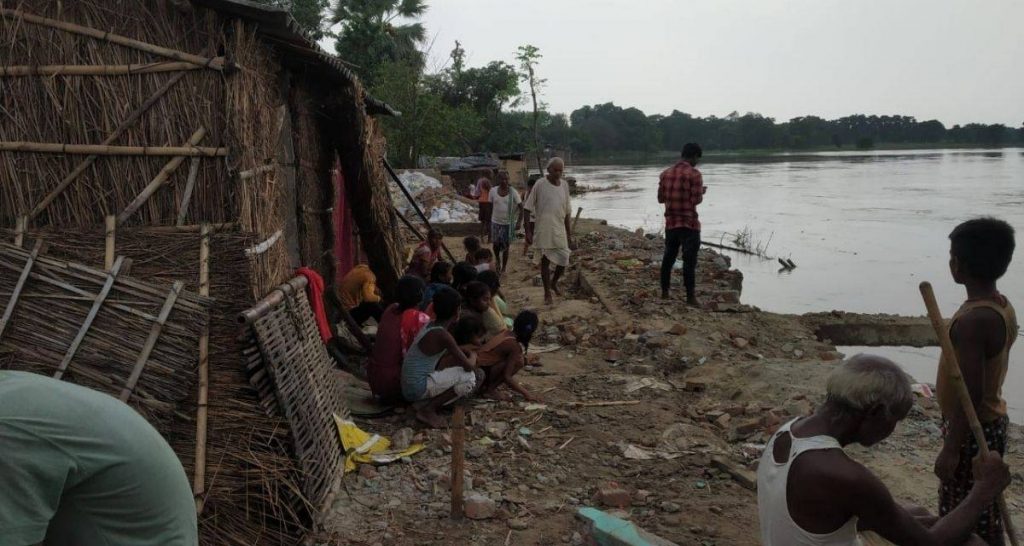Green homes are constructed using sustainable materials, emphasizing durability and energy efficiency…writes Shrenik Siroya
Gen Z, born in the era of climate awareness and digital revolutions, is not just seeking comfortable living spaces but is also deeply conscious of its ecological footprint. This awareness has led to a shift towards green homes – sustainable living spaces that not only cater to their comfort but also align with their environmental values.
As the world grapples with climate change, Gen Z is taking up the mantle of responsibility, advocating for a more sustainable and mindful way of living. This cultural shift is visible in their choices, right from the brands they support to the way they choose to live.
Green homes, with their emphasis on energy efficiency, reduced carbon footprint, and sustainable design, resonate perfectly with Gen Z’s aspirations.
Design with Nature in Mind
The architecture of green homes in parts of India is a harmonious blend of modern aesthetics and traditional wisdom. Gen Z is increasingly gravitating towards homes designed with nature in mind. Incorporating elements like large windows for natural lighting, cross-ventilation to reduce the need for air conditioning, and rooftop gardens for urban farming, these homes embrace the climate and culture of India.
Embracing Technology
Gen Z is the tech-savvy generation, and they’re embracing eco-friendly living with the aid of technology. From smart thermostats that optimize energy consumption to solar panels that harness abundant sunlight, technology is turning green living into a modern marvel. Apps that monitor energy usage and water consumption empower residents to make informed choices, fostering a culture of responsible consumption.
Sustainable Materials and Practices
Green homes are constructed using sustainable materials, emphasizing durability and energy efficiency. The concept of ‘upcycling’ is catching on, where discarded materials are transformed into chic furniture and decor. Gen Z is drawn to the authenticity of such spaces, appreciating the stories behind each piece of furniture.
Energy Efficiency: The Heart of Green Living
Energy efficiency lies at the core of green homes. Gen Z understands that traditional energy sources are finite and contribute to environmental degradation. By choosing homes that utilize solar power and energy-efficient appliances, they’re not just reducing their energy bills but also contributing to the nation’s clean energy goals.
The Art of Recycling and Repurposing
Recycling isn’t just a buzzword for Gen Z; it’s a way of life. Green homes incorporate recycling bins, composting units, and rainwater harvesting systems, transforming waste into valuable resources. This aligns perfectly with the Gen Z ethos of minimizing waste and maximizing utility.
Community and Collaboration
Gen Z is known for its collaborative spirit, and green homes are fostering this sense of community. Shared spaces, community gardens, and workshops on sustainable living create a sense of belonging. These spaces become hubs of learning, with residents sharing tips on composting, gardening, and eco-friendly practices.
Beyond Four Walls: Sustainable Living Extends Outdoors
Green homes in parts of India often extend their sustainability efforts to the outdoors. Xeriscaping – a landscaping technique that reduces water consumption – is gaining popularity. Gen Z’s preference for green homes is not just about interiors; it’s about the holistic integration of sustainability into their lifestyles.
Investment in a Green Future
For Gen Z, investing in a green home isn’t just a financial decision; it’s an investment in a sustainable future. As the generation that has witnessed climate-related disasters and environmental upheavals, they’re determined to leave a better planet for future generations. Green homes, with their lower operating costs and reduced environmental impact, offer an avenue to contribute to this mission.
Gen Z’s affinity for green homes goes beyond trendiness; it’s a conscious choice to adopt a lifestyle that’s in harmony with nature. By investing in green homes, they’re shaping a legacy of sustainable living for themselves and the generations to come. As they redefine urban living, Gen Z’s guide to eco-friendly living isn’t just about homes; it’s about inspiring a cultural shift towards a greener, healthier, and more mindful future.
ALSO READ-India’s Gen Z to lead key trends on Instagram in 2024






